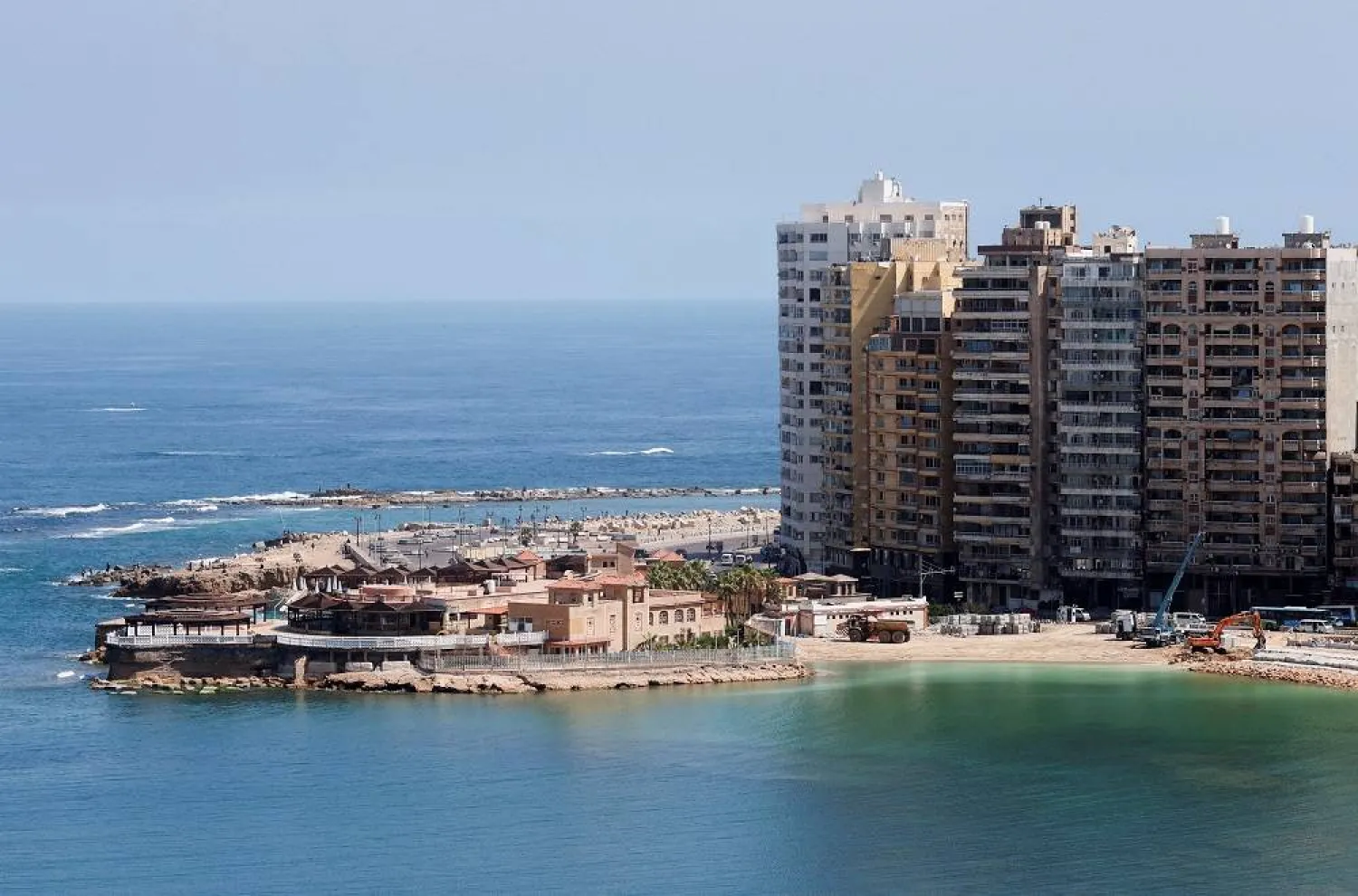Israel has increased its operations in Lebanon, systematically targeting Hezbollah sites and assassinating field commanders. In response, Hezbollah has attacked key Israeli sites.
Both sides have been using new weapons, especially offensive drones, in this ongoing “war of attrition” since October 8.
Hezbollah is sticking to the current rules of engagement to avoid a wider war that Israel seems to be provoking. At the same time, Israel has expanded its airstrikes across southern Lebanon, including the outskirts of Sidon and the Bekaa Valley, areas linked to Hezbollah.
Recently, an Israeli airstrike in the Zahrani area of Sidon killed a Hezbollah member and two Syrian children. Israel has also increased raids on southern towns like Najjarieh and Adlousieh, which are near Sidon and far from the Israeli-Lebanese border.
Israel’s public broadcaster reported that military officials say Iran has provided Hezbollah with advanced air defense systems, based on images from a recently targeted military site.
In response, Hezbollah has deployed new weapons to demonstrate its combat capabilities and create a new “balance of terror” with Israel.
Hezbollah announced it used an armed drone with two S-5 missiles to attack a military site in Metula, northeastern Israel, before the drone exploded. The group also released a video showing the drone approaching the site, launching the missiles, and then exploding.
This introduction of new weapons by Hezbollah doesn’t mean they are preparing to fully open the southern front. Instead, it’s a message to Israel that any military action will be very costly.
Riad Kahwaji, Director of the Institute for Near East and Gulf Military Analysis, told Asharq Al-Awsat that Hezbollah has not used all its weapons from the start.
Instead, it has set its own rules of engagement, limiting its operations to a specific front with Israel.
Kahwaji pointed out that Hezbollah still uses Katyusha and Grad rockets, along with a more powerful modified Grad rocket called the “Burkan.”
He added that Hezbollah’s use of tactical weapons, like Kornet anti-tank missiles, is more effective. This is because the damage from Katyusha and Grad rockets is limited due to Israel’s Iron Dome, which can destroy these rockets in the air.
Hezbollah is filming its attacks on Israeli sites near the Lebanese border for two key reasons:
First, to show its supporters that it can strike back and inflict damage on Israel, responding to the assassinations of its leaders.
Second, to psychologically impact the Israeli side.
Recently, Hezbollah reported targeting an Israeli military position at Rwaisat al-Qarn in the Shebaa Farms with a guided missile, causing fires at the site.
Kahwaji explained that Hezbollah’s use of guided missiles and kamikaze drones has effectively caused Israeli casualties. He added that as targets get closer to the Lebanese border, Israel’s ability to intercept these attacks decreases.







